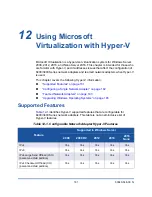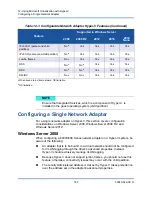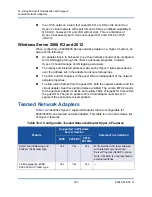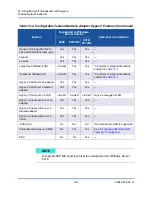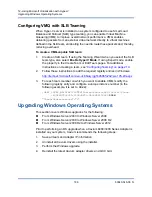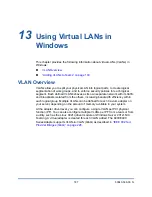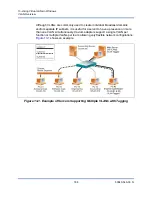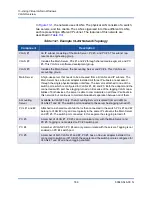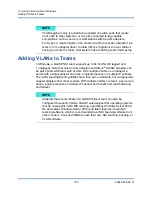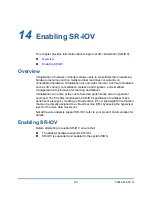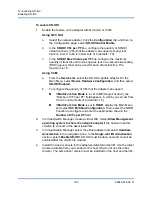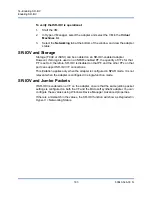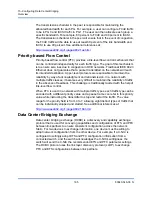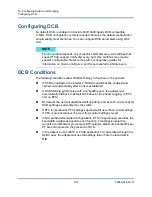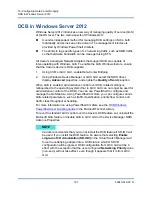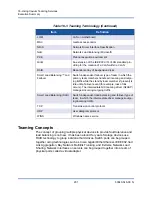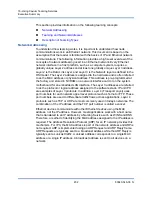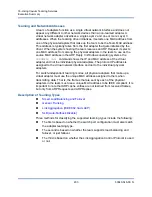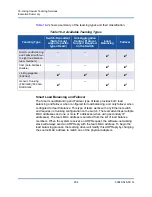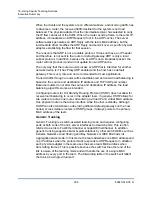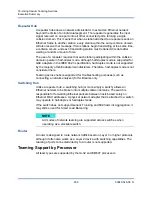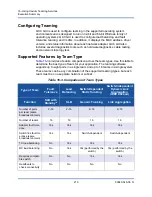
15–Configuring Data Center Bridging
Overview
195
83840-546-00 N
The transmission scheduler in the peer is responsible for maintaining the
allocated bandwidth for each PG. For example, a user can configure FCoE traffic
to be in PG 0 and iSCSI traffic in PG 1. The user can then allocate each group a
specific bandwidth. For example, 60 percent to FCoE and 40 percent to iSCSI.
The transmission scheduler in the peer will ensure that in the event of congestion,
the FCoE traffic will be able to use at least 60 percent of the link bandwidth and
iSCSI to use 40 percent. See additional references at:
http://www.ieee802.org/1/pages/802.1az.html
Priority-based Flow Control
Priority-based flow control (PFC) provides a link-level flow control mechanism that
can be controlled independently for each traffic type. The goal of this mechanism
is to ensure zero loss due to congestion in DCB networks. Traditional IEEE 802.3
Ethernet does not guarantee that a packet transmitted on the network will reach
its intended destination. Upper-level protocols are responsible to maintain the
reliability by way of acknowledgment and retransmission. In a network with
multiple traffic classes, it becomes very difficult to maintain the reliability of traffic
in the absence of feedback. This challenge is traditionally tackled with the help of
link-level flow control.
When PFC is used in a network with multiple traffic types, each traffic type can be
encoded with a different priority value and a pause frame can refer to this priority
value while instructing the transmitter to stop and restart the traffic. The value
range for the priority field is from 0 to 7, allowing eight distinct types of traffic that
can be individually stopped and started. See additional references at:
http://www.ieee802.org/1/pages/802.1bb.html
Data Center Bridging Exchange
Data center bridging exchange (DCBX) is a discovery and capability exchange
protocol that is used for conveying capabilities and configuration of ETS and PFC
between link partners to ensure consistent configuration across the network
fabric. For two devices to exchange information, one device must be willing to
adopt network configuration from the other device. For example, if a C-NIC is
configured to willingly adopt ETS and PFC configuration information from a
connected switch, and the switch acknowledges the C-NIC’s willingness, the
switch will send the C-NIC the recommended ETS and PFC parameter settings.
The DCBX protocol uses the link layer discovery protocol (LLDP) to exchange
PFC and ETS configurations between link partners.

